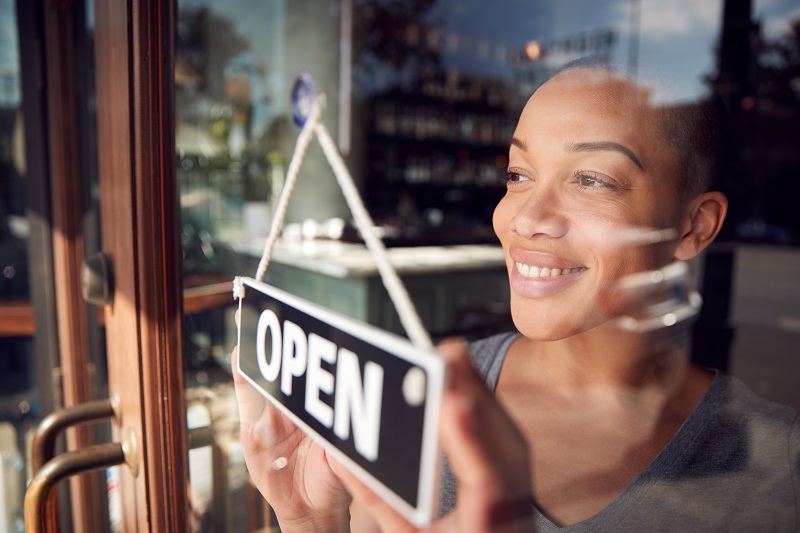Remember in 2020 when we were all told there’d be murder hornets? But alas, no murder hornets arrived. On the other hand, the 17-year cicadas — despite sounding like a biblical plague — are somehow quite real and emerging all across the Midwest. And there’s another myth bubbling up, but this time it’s not insects. There’s a rumor buzzing around of retail’s pandemic pivot.
Thought leaders across retail and supply chain are talking about a pandemic pivot; some experts predict the omni-channel momentum will finally slow down and customer behaviors will shift toward brick-and-mortar. Others argue there’s no stopping the wave of e-commerce, BOPIS and curbside pick-up. So who’s right?
Spoiler alert: they all are.
Why there’s no stopping e-commerce
According to Blue Yonder’s recent Logistics Executive Survey, which highlights the new normal of logistics, 38% of logistics executives say maintaining and optimizing convenient fulfillment options is a top priority. That statistic makes sense considering e-commerce skyrocketed 30% during the pandemic, leapfrogging nearly two years of expectations.[1]
Consumers clearly love convenience, but they also crave an in-store experience. We predict rapid fulfillment options to continue soaring across industries like grocery and pharmacy, while mass merchants will see a surge of in-person visits. Picking up prescriptions was never quite as fun as a Target run anyway.
What in-store shopping will look like
Consumers are coming back, but not like before. According to a survey of 5,000 shoppers by Salligent, 35% now shop online weekly (up from 28% pre-COVID) and 35% shop both online and in-person. What’s even more telling is that after the current pandemic ends, 39% say they plan to shop both online and in-stores.
Pre-pandemic, experiential retail was already on the rise. With immersive and shareable events, the brick-and-mortar experience was all about customer engagement. But in a post-COVID world, we’re going to see the focus switch to customer confidence. Retailers will prioritize planning — creating a more inviting layout, being thoughtful of personal space, and improving cleanliness and sanitation practices.
How to balance increases in both e-commerce and in-store
During the height of the pandemic when stores were either closed or people weren’t shopping much, retailers had to worry mostly about filling online orders. But with foot traffic increasing by 28.5% from January to March[2], brands now must also think about the front of the store, presentation, and selection — while keeping separate inventory for e-commerce orders.
To implement a segregated inventory model, we’ll see even more retailers utilizing micro-fulfillment centers, pop-ups and dark stores. These centers will help reduce costs, ensure timely deliveries, and prevent workers from taking products off the shelves to fill online orders when they might otherwise be purchased by an in-store customer.
Retailers who invest in technology will be able to capitalize on increases in both e-commerce and brick-and-mortar shopping. When asked, “What is your biggest driver for technology investment as we transition to a post-COVID environment,” 47% of logistics execs we surveyed are prioritizing meeting growing customer expectations, such as speed of delivery, personalization and availability.
Whether retail’s pandemic pivot proves to be myth or reality, Blue Yonder’s end-to-end digital supply chain platform is built to reimagine the entire customer experience, delivering across any channel, every time, in every situation. Even murder hornets — we might be able to help your supply chain there too.
Check out the Logistics Executive Survey Infographic to see survey highlights!
[1] https://www.emarketer.com/content/us-ecommerce-growth-jumps-more-than-30-accelerating-online-shopping-shift-by-nearly-2-years
[2] https://smallbiztrends.com/2021/04/in-store-shopping-on-the-rise.html

